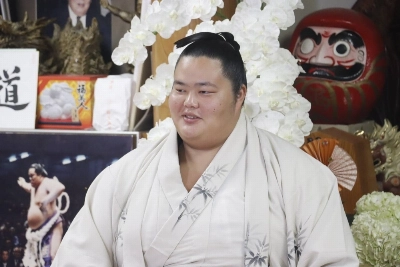One of the more exciting rikishi of 2023 has been Hakuoho, a high school and corporate sumo champion, recruited into professional sumo by Miyagino stablemaster (former yokozuna Hakuho).
In July, the 19-year-old rookie sensation came within a whisker of being the first top-division debutant in 109 years to claim the Emperor’s Cup.
Hakuoho’s performance in Nagoya was one for the ages, and made even more remarkable by the fact that the Tottori native had taken part in his first-ever professional sumo bout just seven months earlier.


















With your current subscription plan you can comment on stories. However, before writing your first comment, please create a display name in the Profile section of your subscriber account page.